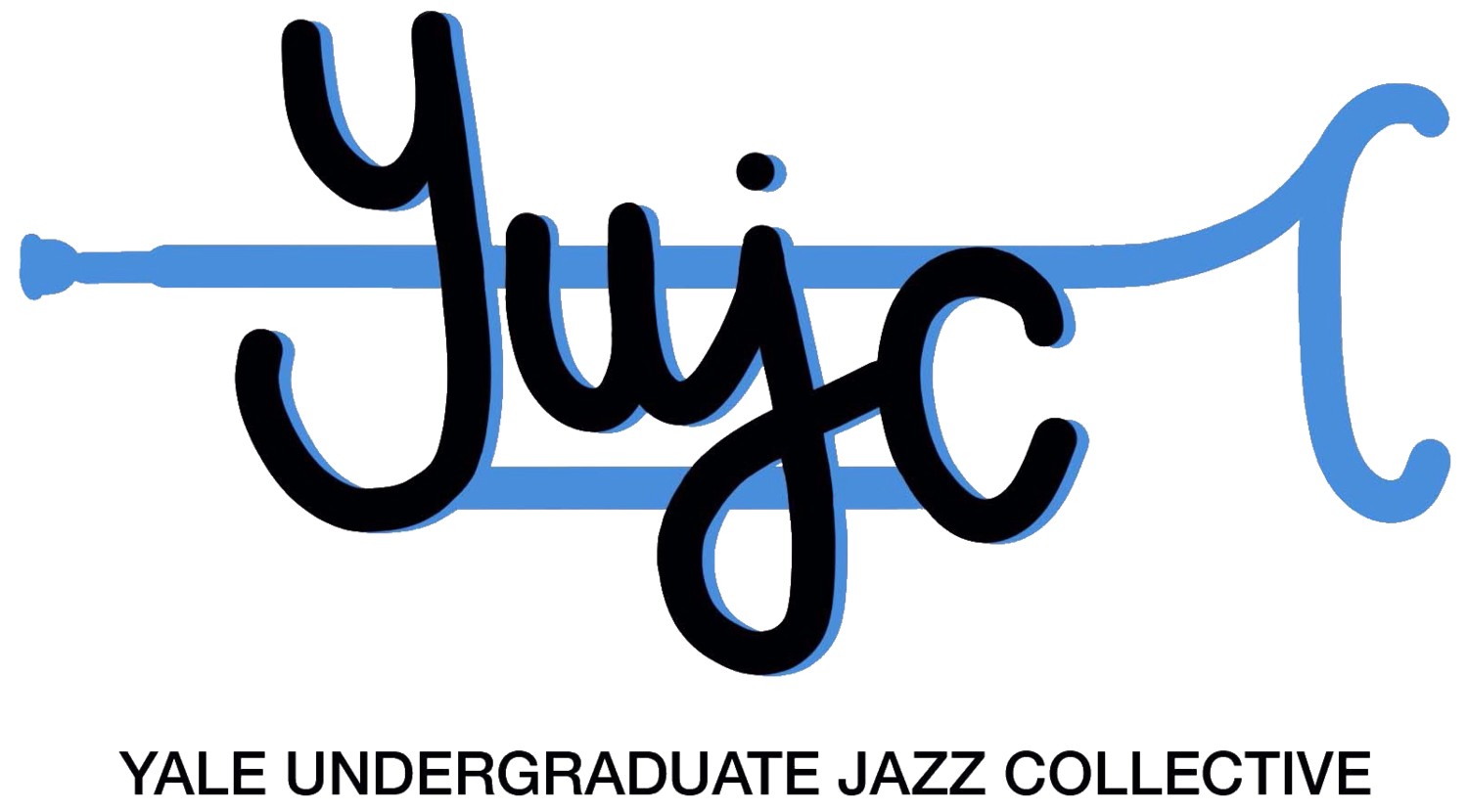
the Turnaround Blog
The Concept
The Turnaround describes the blog and magazine run by the Yale Undergraduate Jazz Collective that serve as outlets for the jazz community on campus and greater New Haven. Launched in the midst of the COVID-19 pandemic, the Turnaround builds on the collectivist aspects of jazz performance, uniting musicians near and far in discussing the meaning of jazz and its outgrowths.
Our publication welcomes all interest in jazz, whether it be history, performance, comedy, listening, photography, etc. We encourage experimentation and acknowledge that jazz is a language of inclusion as opposed to exclusion. As such, The Turnaround is committed to working with all contributors in finding and refining connections to our concept. Our mission is ever-evolving and seeks to meet the needs of the jazz community at any given moment. No topic is off-limits, and our focus is on centering voices as they are, rather than confirming to the rigid dictates of modern journalism and other presentation.

Review: In Ghost Song, Cecile McLorin Salvant redefines the role of the archivist
Cecile McLorin Salvant’s music is a beautiful enigma. Known for her ability to revive rare jazz songs and show tunes from the archives, her work conjures the phantoms of jazz’s historical giants and unsung world music traditions. Cecile’s interpretations of the past, however, refuse to rely on the crutch of nostalgia. Ghost Song is her most innovative project yet, as she weaves together otherworldly, lilting Irish folk vocals and humming synths (“Wuthering Heights”), musical theater melodies (“Obligation”), and even the Brooklyn Children’s Choir (“Thunderclouds”) in a haunting meditation on longing, loss, and excruciating distance in love.

Jazz Greats
I accepted, to myself before I told anyone else, that I needed to go get really good at writing, so I could do that in college. Not that there isn’t sexism in the world of literature, but I could at least name women who were doing what I wanted to do. Now, as a writer, I have finally found the words to assert what I needed to say years ago… Jazz is for everyone who wants Jazz.

“To the Other Shore”: Alice Coltrane’s Musical Epiphanies in the decade after John’s Death
From her early days playing keys in Black Baptist churches to her later years soaring amongst the stars with her cosmic jazz, Alice always used music to grasp at the ecstatic and the spiritual. Her free-jazz explorations in the 1970s not only display Alice, the musician, rejoicing in the transcendent power of sonic vibrations, but also Alice, the human being, seeking wisdom through the marriage of Black and South Asian cultural traditions. In these tunes, organs distort, drums clash, and rhythms dissolve – all in the service of spiritual transcendence. I can speak for myself and other Alice listeners when I say that her music possesses a peculiar power. It halts time, disorients the listener’s mind, and reorients it toward something higher, something ineffable.

Cut the Sellouts Some Slack: Smooth Jazz and the Causes of Constrained Creativity
That audience research and market demands motivated Smooth Jazz is clear. However, it is also clear that the musicians and executives behind the movement were responding to something beyond their control. Survival in the market inevitably meant some artistic compromise, but the lack of complete agency clears the blame of these musicians just being “sell-outs” with little to offer to jazz.

Are you part of the Conversation?
“I look at Jazz as the most conversational type of artistic expression. It lives inside of this loose boundary called “the form” and gives us the freedom to communicate with our bandmates and in turn, the audience. “

